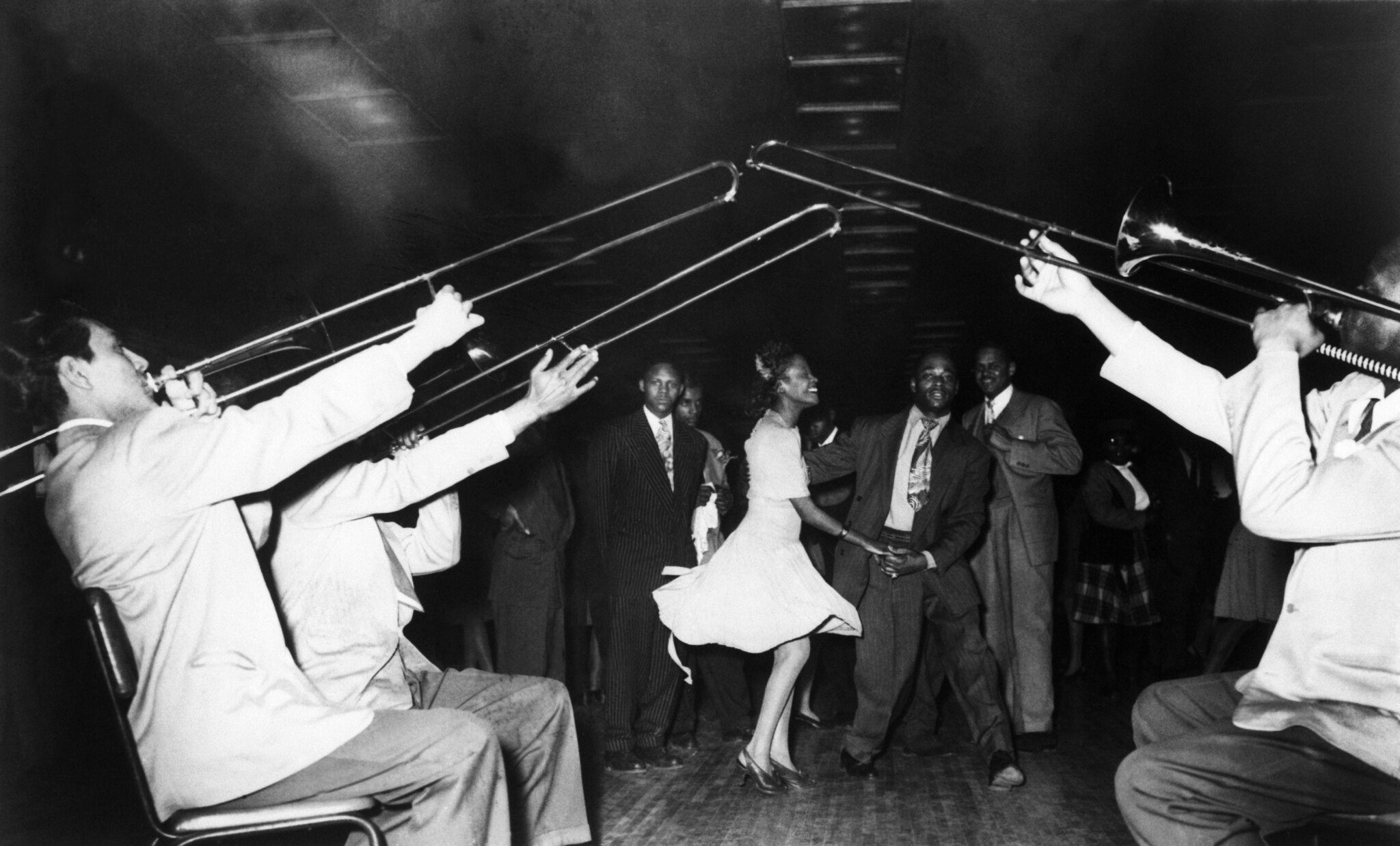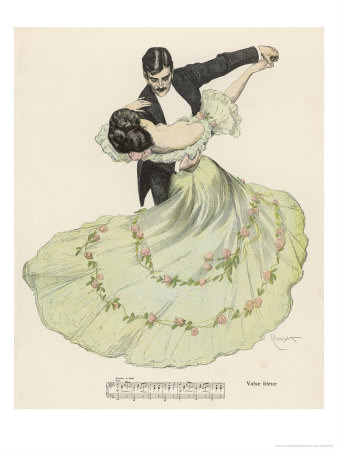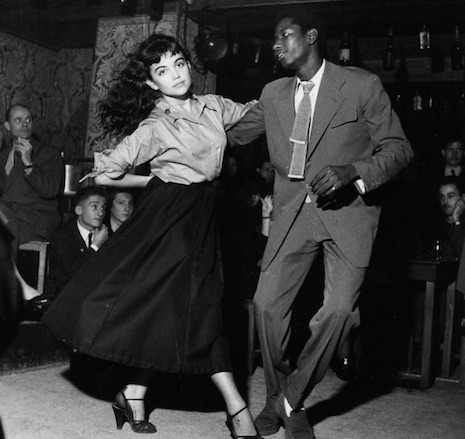The story of Social Dancing
How a 15th Century peasant dance led to the popularity of dances like Blues, Lindy Hop, Bachata and Jive

Humans -- like most primates -- are social creatures, and this has never been more evident than in the early stages of the Covid-19 pandemic. Prolonged social isolation, a pervasive sense of doom, paranoia and uncertainty left even the most introverted among us with an unfulfilled need for connection.
But chaos and suffering often cause us to introspect and desire change. During the lockdowns and upheaval in social norms we came to realise how disconnected we were with the ones around us, and more importantly, ourselves.
As instructors who run dance classes in Mumbai, a bustling city, we've come face to face with the reality of this social disconnect during the pandemic. We waited over a year for the worst of the pandemic to pass before cautiously resuming our Swing dance classes. Since then, students have described to us how out of touch they were with just the simple act of being able to move around, feeling comfortable in one’s body as before, and how strange and uneasy social interactions felt to them as people began to venture out of their homes. Over time, we’ve had those same students describe to us how our social dance classes helped them reconnect with themselves and others, discover local Jazz & Blues musicians and their music, and feel like part of a community. But what do we mean when we talk of ‘social dance’?
The history of Social Dance
Broadly speaking, the term social dance describes any form of dance that is primarily intended for participation rather than performance, often in the context of socialising. While the term encompasses dance forms that involve individuals dancing in a group or groups, as well as partnered dance forms, this article is more focused on the modern usage of the term. But before we talk about the present, we need to understand the historical context.
Back in the very early modern era, or by some accounts the early Renaissance period in Europe, a curious dance form began to emerge in the regions now occupied by Germany and Austria. Like many modern dance forms such as Salsa, Lindy Hop and Jive, this dance form came from the traditions and culture of the oppressed, and the common folk, rather than the nobles or upper classes of the time. This was also a dance form that pushed the boundaries of what was considered appropriate or acceptable within social dance; boundaries such as a strict lack of physical contact between dancers of opposite genders, and oftentimes loose segregation of dancers by gender. If you’re wondering what this lewd, vulgar dance form was, you may be surprised to find out it’s one of the tamest, most modest partnered dance forms around today; the Waltz.

It’s a tale as old as time. The elite class happens upon a dance form we now know as the Waltz; one that involves bodily contact between the two genders and little or no dance training on which traditional social dance instructors can levy exorbitant fees for their elaborate dance courses. The initial reaction is disgust and disdain for this vulgar display of animalistic desire; and the dance form is widely and thoroughly panned as immoral and uncivilised. However, very soon, with noblemen sneaking into the dances of their servants and a curiosity for the forbidden, high society begins dancing the Waltz, and making it more and more a part of their institutions and traditions, which is also how the dance form began to spread beyond the borders of its origins.
Folk, and ethnic vernacular dances have historically been first derided and looked down upon, then appropriated and made more ‘presentable’ or ‘cultured’ for the privileged upper classes. From modern day appropriation of Afro-Latin dance forms by (frequently) non-Latino, non-black communities, pre-World-War era ‘standardisation’ and white-washing of Swing, Rock ‘n’ Roll, or Tango by Ballroom dance institutions, to the humble Waltz of the 1600’s, we see the same patterns time and again.
In the centuries since European peasants began dancing the Waltz, social dances have exploded in popularity, and evolved in many different directions. The Waltz is seldom danced with the fervour and enthusiasm it used to be, and the same could be said to some extent about dance forms like Rumba, Blues and Lindy Hop. However, this doesn’t mean the dance forms are stagnant, unchanging monoliths. Most are still very popular in different parts of the world, with dancers constantly exploring and experimenting with their craft. For example, if you learn to dance Lindy Hop you can pretty easily find a friendly, welcoming community with dance nights, or a restaurant with live music at least once a week in most major cities, and even some smaller cities across the world. Similarly, Afro-Latin dancers will have no trouble finding multiple dance nights a week around the world.
Modern Social dances - Lindy Hop, Salsa, Jive & Bachata - and cultural appropriation
Whether you’re learning Bachata or Swing dance, taking Salsa classes or Jive classes, you may realise that some instructors don’t know very much about the dance forms they teach -- excluding the technical knowledge on how to execute steps and create routines -- and even less about the music, ancestry, historical and cultural contexts behind them. Instead, they focus on the fun, and social aspects of the dance forms or how classes may help dancers workout or get in shape. Those are all important parts of the whole, but focusing on them in isolation does a disservice to the art form, and to those seeking to learn about it as well.

Many of the above dance forms come from cultures with rich histories, and vibrant, evolving traditions, and simply restricting them to the shapes and techniques behind them is a narrow-minded way to teach them. The sole reason for their popularity and existence today is the struggles, experiences and history of the cultures that were the progenitors of these art forms, and as instructors it is essential to do our best to pass down the knowledge and traditions to those who seek to learn from us.
So whether you’ve seen Bachata dancers sway to the music at a popular local bar, videos of Lindy Hoppers fly across the dance floor to exhilaratingly fast tempos, or been mesmerised by two people lost in the Blues songs played by a local trio - whether you want to learn to dance for wedding, cocktail parties, other social events, or just learn something new, you’ll come away with a richer appreciation for what you’ve learned by seeking out well-rounded teachers.
